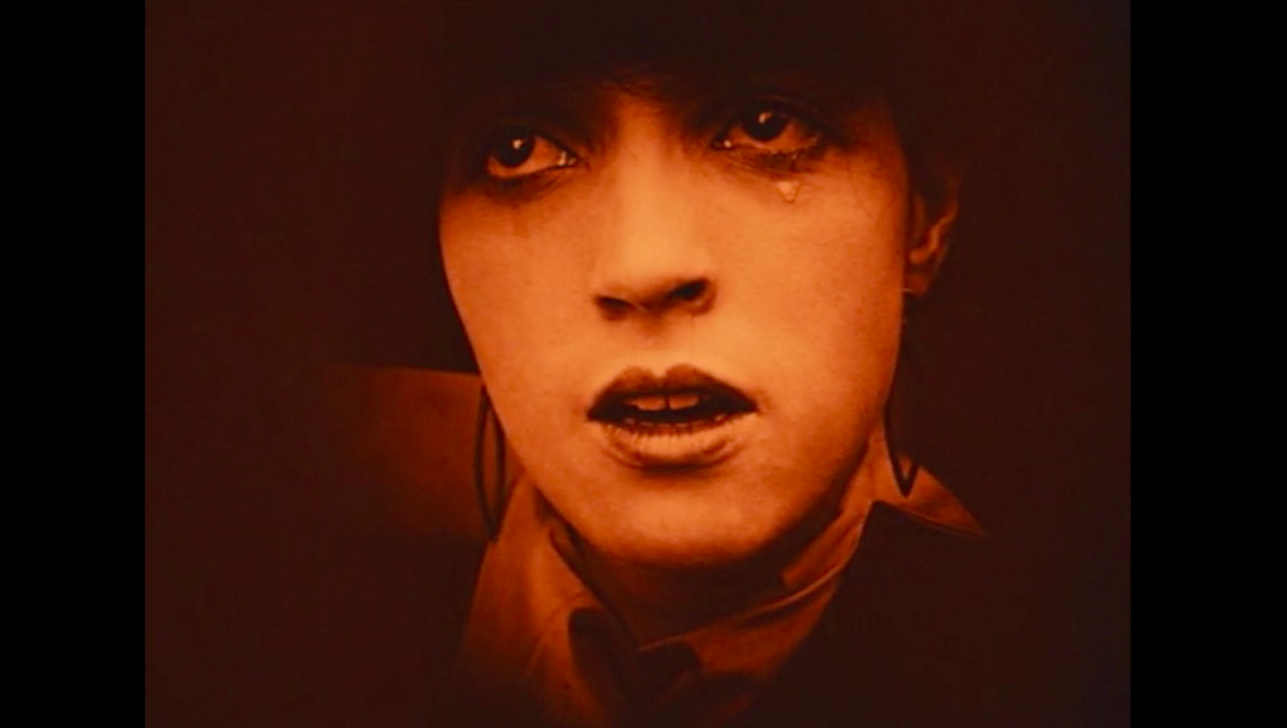by Jade Bate | @JadeBate
It begins with D.W Griffith, the world’s first auteur, and Lillian Gish, the world’s first movie star. It ends with Jean-Luc Godard’s Made in U.S.A with Marianne Faithful singing As Tears Go By, as though all that can be said in cinema has been said, and can perhaps be said with a song.
Welcome to The Thoughts That Once We Had, Thom Andersen’s latest montage documentary, a genre that can only be described as using cinema to explore itself. Think of it as an accompany piece to Godard’s Histoire(s) du cinema, or for a more playful and enjoyable time try Mark Cousins’ The Story of Film. Film montage is Andersen’s specialty being best known for his 2003 documentary Los Angeles Plays Itself, an exploration into the way Los Angeles is depicted in cinema using a combination of various film clips and detailed narration.
In The Thoughts That Once We Had, Andresen offers an in depth and highly personal look at the history of cinema in the 20th century, combining his own musings with the works of French philosopher Gilles Deleuze. Unlike Los Angeles Plays Itself, The Thoughts That Once We Had has no narration but rather title cards with pull quotes from Deleuze’s essays on cinema.
Each segment within the film jumps through time, place and space pinpointing the moments when history and cinema intersect. Andersen is wholly interested in underscoring the impact of moving images as establishing the truth. His act of seeing art and cinema as a political message means The Thoughts That Once We Had not only attempts to present the history of cinema, but the history of the 20th century and, on a larger scale, life itself.
Beginning with Griffith and the first Hollywood films, he moves swiftly to a visual analysis of Soviet montage, communism and capitalism, then to Godard and his obsession with the face, looking and breaking the fourth wall.
In a segment focusing on the destruction of man by man, he presents us with brutal, unflinching imagery of violence and its aftermath including cause and effect of war in Hiroshima Mon Amour and documentary footage from the Vietnam War and Stalingrad 1942. The most haunting image is of an elderly, malnourished Vietnamese man overlayed with Deleuze’s words, “the past must be redeemed.”
Andersen’s love of Hollywood cinema is visible in his explorations into some of his favourite movie stars; the faces of Brando, Gish and Dietrich are instantly recognisable. Then through the auteurs, Lang, Murnau and Kubrick, whose films continue to impact cinema. And then to the icons like Chaplin, Laurel and Hardy and the Marx brothers, whose lengthy segment in the film’s middle provides much-needed comic relief.
The stream of consciousness nature of the film is incredibly hypnotic. It transcends the relationship between the image and its meaning into something completely all consuming and overwhelming. Andersen also enjoys exploring the relationship between image and sound. The film’s lack of narration enhances the lucidity of the images’ relationship with the viewer, allowing the audience to deconstruct and analyse the image’s meaning on their own.
Many of the film Andersen has chosen are barely recognisable and significantly lack iconic imagery, enabling viewers to immerse themselves in the image alone and not specifically the context that surrounds it. According to Andersen, “it’s more about passages from films than the films themselves. Maybe in that case I thought also it might be fun for people to orient themselves, to guess what film they were looking at.”
Through this collection of images, Andersen has asserted to the viewer that he thinks cinema is – above all – about truth, which can be achieved through provoking the audience with war, death, violence, comedy, music, sex, fear, danger, love, power and greed.
As an audience member watching The Thoughts That Once We Had, one must go in with a completely open mind. Everyone will take something different from the film with certain images provoking strong emotions in some and nothing in others. Parts of the film are overwhelmingly beautiful, epiphany inducing, enlightening and wholly understandable, and others are more obscure, mystifying and unconventional.
The Thoughts That Once We Had is not just a montage of Andersen’s favourite films and film moments, but it provides snapshots of cinema as a whole. However, the films and scenes used aren’t necessarily exclusive to the writings of Deleuze, and the film’s messages could easily be translated using different films.
Overall, The Thoughts That Once We Had is very powerful and thought-provoking film. It may not alter one’s perceptions of what cinema can elicit or achieve, but it is a beautiful collection of moments that will make one fall in love with the moving image and its position in 20th and 21st century history.
4 stars
The Thought That Once We Had is showing at the Melbourne International Film Festival and will receive a limited release later this year.

